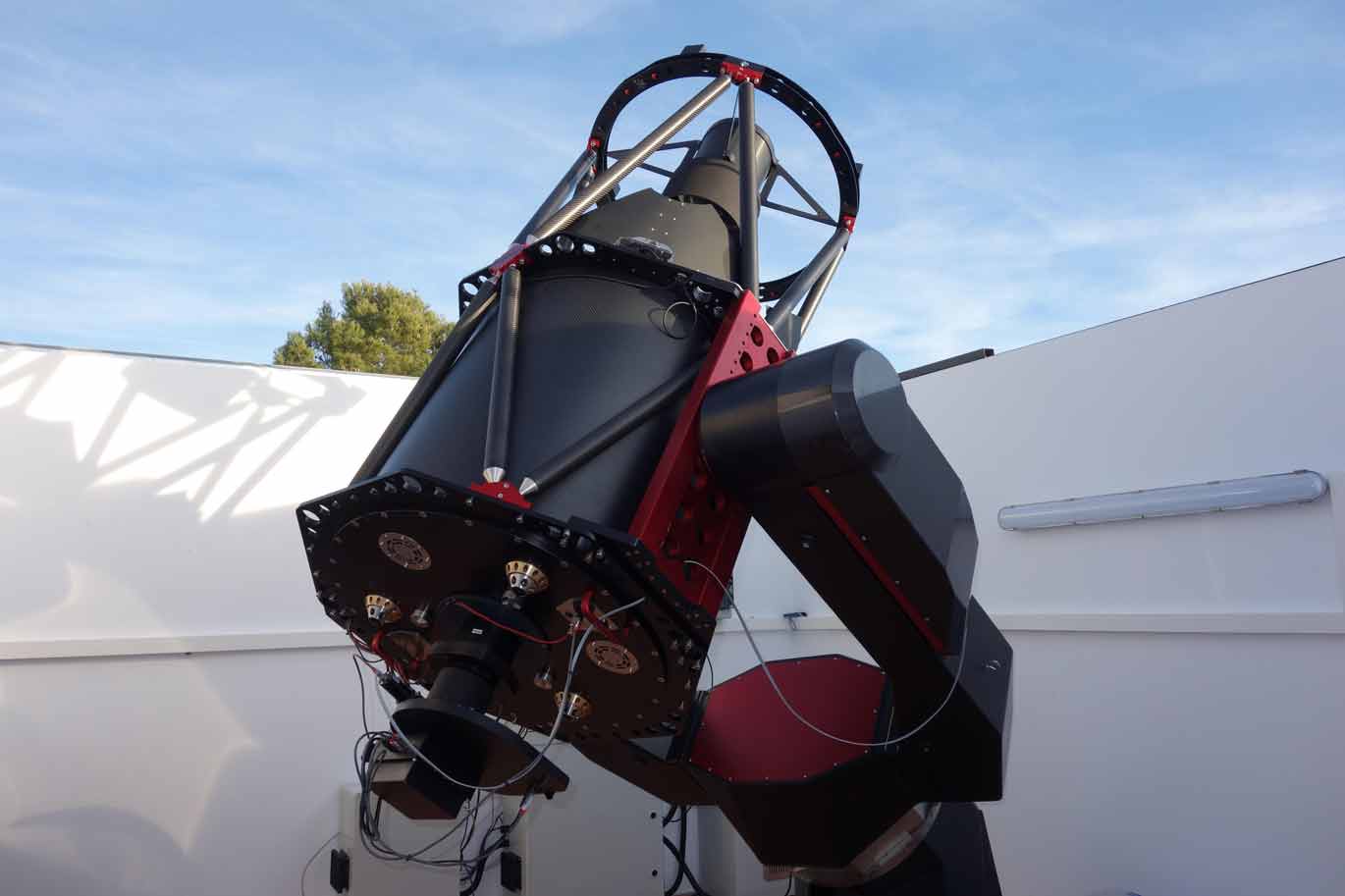UK Space Command UK Space Agency awards space domain awareness contract to Spaceflux
UK Space Command to boost space domain awareness of critical satellites with new sensor in Cyprus.
Anita Hawser
22 November 2023

A UK space domain awareness (SDA) company, which uses optical data from a global network of optical sensors has won lucrative contracts with UK Space Command and the UK Space Agency. The contracts were awarded to London headquartered Spaceflux to provide tracking data about satellites in geostationary orbit (GEO) and to build a new, national, ground-based SDA sensor in Cyprus.
The satellite tracking data will be acquired using Spaceflux’s global optical sensor network with 10 unique locations across five continents. The data will be used by the UK Space Agency (UKSA) and Space Command to monitor various satellites in geostationary orbit and to protect UK space assets from collisions and adversarial actions.
The contracts were awarded at the UK Space Conference in Belfast by Air Vice-Marshal Paul Godfrey, Commander of UK Space Command. “Space domain awareness underpins our ability to protect and defend UK and allied interests in space,” he says. “The UK has critical assets in geostationary orbit, and Project Nyx Alpha will help us to monitor them more closely.
The CEO of the UK Space Agency, Dr Paul Bate, said with more than 8,000 operational satellites and more than 30,000 pieces of trackable debris, the ability to operate safely in space is growing increasingly challenging. “Operating a sensor in Cyprus enhances our vital national capability to track objects in space to help avoid collisions and protect the satellites we depend on. “This procurement marks a significant development in bringing together the capabilities of both the UK Space Agency and UK Space Command.”
Spaceflux was set up in 2022 to leverage ground-based telescopes, in combination with a unique AI-driven analytics platform, to tackle the problem of space congestion in rising satellite deployment. The company will build, maintain, and routinely operate the commissioned sensor, which will be tasked by UK Space Agency and UK Space Command analysts from the UK Space Operations Centre at RAF High Wycombe.
The sensor will monitor objects in GEO (geostationary orbit), approximately 36,000 km above the Earth’s equator, with its primary mission being the provision of information on UK satellites, helping to prevent collisions and protect critical space assets.
The system has also been designed to allow for the sharing of data with partner organisations and international allies, improving the UK’s contribution to strategic space relationships, and increasing opportunities for collaboration in the space domain. The location and elevation of the sensor site in Cyprus makes the best use of geography available to the UK and allows for a better view of the geostationary orbit than sites on the UK mainland.
These procurements are expected to play a key role in helping UK Space Command protect and defend UK interests in space, including SKYNET, the UK’s world-leading family of military communications satellites.
In addition to awarding these contracts, UK Space Command and the UKSA will launch the National Space Operations Centre (NSPOC) next year. Both projects will fulfil elements of the National Space Strategy, and the supporting Defence Space Strategy, both of which highlight SDA as a key civil and defence space capability priority.
Spaceflux founder and CEO, Dr Marco Rocchetto said space domain awareness is vital for the safety and security of in-orbit assets and is becoming increasingly foundational in space operations.The company currently operates 10 satellite tracking ground stations, including sites in Australia, Hawaii and Chile, and intends to expand to 15 more locations throughout 2024.